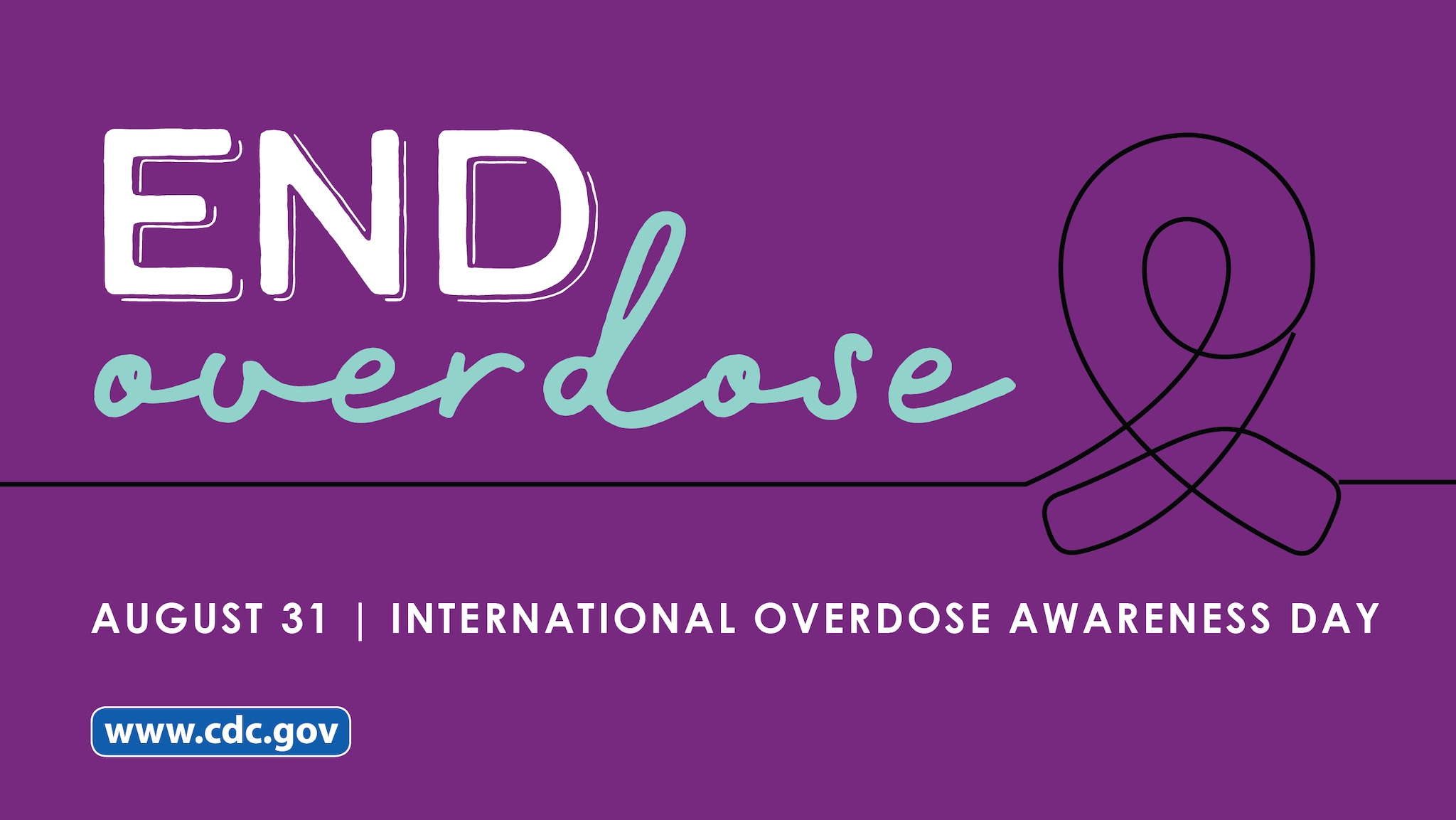
Substance use disorders, like opioid use disorder (OUD), impact communities across America. Prevention activities help educate and support individuals, families, and communities and are critical for maintaining both individual and community health.
Opioid Use Disorder (OUD), sometimes referred to as "opioid dependence" or "opioid addiction," is a problematic pattern of opioid use that causes significant impairment or distress. OUD is a medical condition that can affect anyone – regardless of race, gender, income level, or social class. Like many other medical conditions, evidence-based treatments are available for OUD, but seeking treatment remains stigmatized. Stigma can be a major barrier to how well prevention and treatment programs work amid the opioid crisis.
Stigma or the fear of stigma may stop someone from sharing their health condition with partners or family members. Stigma may come from a specific person, including a loved one or clinician, or from the larger community. People seeking treatment for OUD may find that some clinicians have stigmatizing attitudes about OUD. Stigmatizing attitudes toward people with OUD among clinicians can create barriers for those seeking the health services they need. 1 People who experience health-related stigma may also experience less access to treatment or reduced adherence to treatments. 2 Learn more about what you can do to reduce stigma.
OUD significantly contributes to overdose deaths among people who use illegal opioids or misuse prescription opioids. Opioids—mainly synthetic opioids like illegally made fentanyl--are currently the most represented in overdose deaths.
A recent study among 29 states and the District of Columbia showed the percentage of overdose deaths involving counterfeit pills more than doubled from July 2019 to December 2021, and more than tripled in the Western United States. These pills are dangerous because they typically appear as pharmaceutical pills but often contain illegally made fentanyl and illegal benzodiazepines or other drugs, with or without people's knowledge.
For every overdose that results in death, there are many more nonfatal overdoses, each one with its own emotional and economic toll. 3 OUD and overdose deaths continue to be a major public health concern in the United States, but they are preventable.
People can help reduce the risk of counterfeit pill overdose by:
On August 31 of each year, International Overdose Awareness Day (IOAD) is recognized globally as a day to remember and grieve those that we've lost, take action to encourage support and recovery, and help end overdose by spreading awareness about drug overdose prevention. Join us as an IOAD partner by using your voice and platforms to spread messages about ending overdose.

Ways to prevent opioid overdose are to improve opioid prescribing, reduce exposure to opioids, prevent illegal opioid use and prescription opioid misuse, and treat opioid use disorder. There are strategies that can help prevent overdose and support the health and well-being of communities.
Recognizing an opioid overdose can be difficult. If you aren't sure, it is best to treat the situation like an overdose—you could save a life. Administer naloxone or another opioid overdose reversal medication (if available) and then call 911. Try to keep the person awake and breathing and lay the person on their side to prevent choking. Do not leave the person alone.
Signs of an overdose may include:
- Unconsciousness or inability to awaken
- Slow or shallow breathing or difficulty breathing such as choking sounds or gurgling/snoring noise from a person who cannot be awakened
- Discolored skin (especially in nails or lips)
- Small, constricted "pinpoint pupils" that don't react to light
If you or someone close to you needs help for a substance use disorder, talk to your doctor or call SAMHSA's National Helpline at 1-800-662-HELP or go to SAMHSA's Behavioral Health Treatment Services Locator
Additional resources: